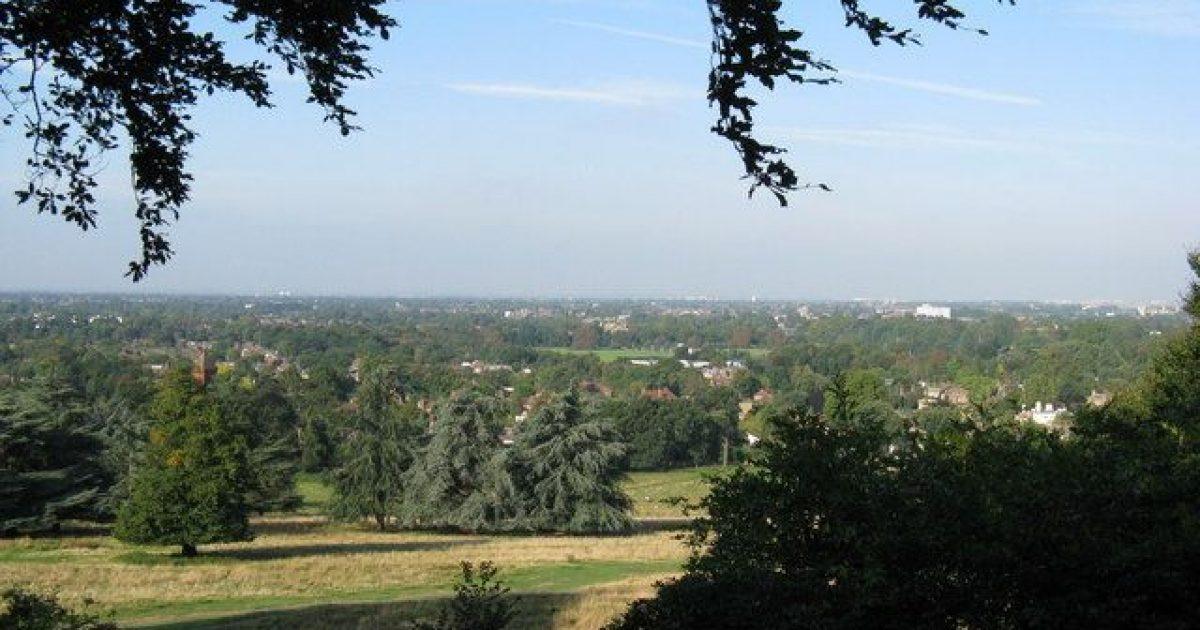Discover the Beauty and History of Richmond Park

Introduction
Richmond Park, located in southwest London, is the largest of the capital’s Royal Parks, covering over 2,500 acres. It is renowned for its stunning landscapes, diverse wildlife, and rich cultural history. As a designated National Nature Reserve, the park plays a crucial role in preserving biodiversity and providing a natural refuge amidst urban surroundings. With the ongoing interest in outdoor spaces due to the COVID-19 pandemic, Richmond Park’s popularity has surged, offering a perfect escape for both locals and visitors.
Nature and Wildlife
Richmond Park is home to around 650 free-roaming deer, primarily the red and fallow deer species. Visitors can often spot these majestic animals throughout the park, especially in the early mornings and late afternoons. The park is also a sanctuary for hundreds of bird species and various plants, making it a haven for nature enthusiasts. The diverse habitats between woodlands, grasslands, and wetlands provide ecological importance and contribute to the park’s appeal.
Recreational Activities
The extensive pathways and cycling routes in Richmond Park make it a popular spot for outdoor activities such as walking, jogging, and cycling. The park encourages an active lifestyle while providing space for relaxation and contemplation. Family picnics, horse riding, and sports activities like tennis and cricket are widespread in designated areas. The park’s versatility enhances its role as a community hub, bringing people together in a natural setting.
Historical Significance
Established as a deer park by Charles I in the 17th century, Richmond Park boasts a rich history. It has undergone several changes and developments throughout the centuries, contributing to its current status as a protected parkland. Historic buildings such as Pembroke Lodge and the iconic Kingston Gate add architectural interest and historical context. The park is also associated with significant cultural events, including art exhibitions and re-enactments, attracting diverse audiences.
Conclusion
As Richmond Park continues to be a vital green space in London, its importance cannot be overstated. It serves not only as a recreational area but also as a sanctuary for wildlife and a site of historical and cultural significance. The park’s accessibility and variety of activities ensure it remains a beloved destination for both city dwellers and tourists. With ongoing conservation efforts and community engagement, Richmond Park’s future looks bright, promising continued enjoyment for generations to come.
